Leadership Dilemma
You’re a c-suite executive in a services firm. Change is in the air. Layoffs are coming. The possible sale of a division (hushhush except for a chosen few). And while the default future’s not bad, it’s also not good. The only sure thing is that the future involves a reinvention of the firm.
Add to the equation a senior leadership team with a powerful CEO who says “you can tell me anything. Except for things I don’t want to hear. Those you can tell me privately. But be careful if I think you’ve crossed the line.” And by the way, no one’s job is ever that secure, even in the c-suite.
You’re dilemma: you want to brainstorm and discover possibilities for the company. You want to tap into the diverse knowledge at various levels within the organization and have conversations. But things have never been that transparent and most people hunker down to keep their jobs. Trust is not rampant. Besides, there are a number of personalities with their own positions at stake and it’s unlikely that any conversation will focus on the greater good, but rather be a collection of individual agendas.
This is not an unusual situation. And there are variations on the theme. Like the roll-out of a new strategic initiative shifting silos and seeking a new overriding sense of direction. Only some groups are more equal than others. And not everyone has a say other than to be on board. An offer they can’t refuse…
How can I lead if I’m not in charge?
This begs the question of what is leadership and who can exercise it? But that’s another conversation. I’ll assume that if you’re reading this it’s because you believe you can exercise leadership, and I agree.
I’ve distilled down my key guiding principles about leadership:
- A leader creates a space for something new to occur.
“Space” could be through a conversation, a mood, environment, structure. Are you inviting the change you want to see occur?
- Followers make leaders, not the other way around.
Your job is to surface what wants to emerge from the collective, given the right opportunity. Sustainability doesn’t require buy-in. Desire is self-generated.
- You can’t create a new future until you deal with what’s present.
What’s present could be a lot of things, but one thing’s for sure, it correlates exactly with the status quo. Shine a light on that so all could see and find out what people really want.
- I never met a core value I didn’t like. I’m sure someone will come up with one, but my point is that when you dig deep enough and find core values amongst a group of individuals, on a team or competing, we can find harmony.
I have yet to find groups of people that couldn’t find core values that resonated enough to create harmony. What could be better to align people around than resonant core values? Move forward from there.
I’m not saying these are THE leadership principles. Just ones I find very useful, especially when combined with a thoughtful leader who has intentions bigger than her own needs, driven by her own core values and coming from an authentic place.
What about those leadership challenges?
OK, it took me this long to notice that I’m doing all your work. I have to walk my talk and ask for your collaboration. Share with us your solutions to the dilemmas above, or one of your own, applying these principles.
Leadership is after all a gift: it has to be given away to be a gift.

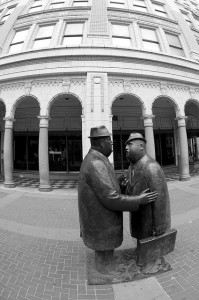
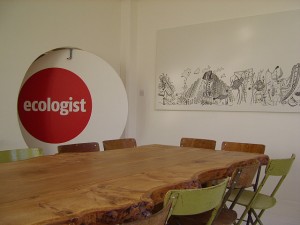
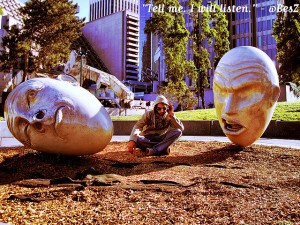



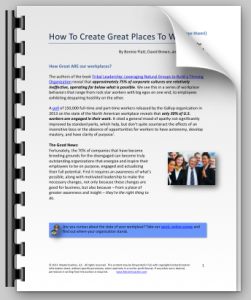
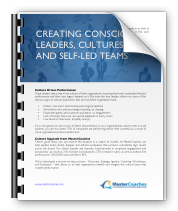
Social Links